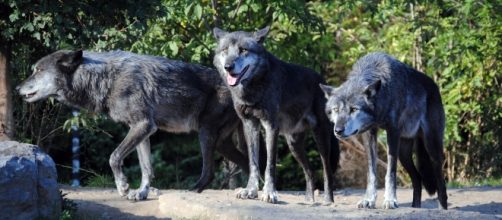26 April 1986, the world was transfixed with horror when the world’s greatest nuclear accident at the time resulted in the core of the Chernobyl reactor exploding in the Ukraine.
The radiation levels were so high that two days later they set off an alarm at the Swedish Forsmark Nuclear Power Plant, a thousand kilometers away. The amount of radioactive material that was released was 400 times greater than the Hiroshima Bomb at the end of World War two. Mountainous regions in the Alps, Wales, and the Scottish Highlands experienced radioactive rainfall.
Thousands of people died as a result of immediate exposure to radiation and to the long-term effects of radiation induced cancers. Chernobyl itself and all people living within a 1,600 square mile (about 2600 square kilometers) radius were evacuated and the area became a vast unpopulated exclusion zone.
Just shy of 30 years later, the wildlife in the area has made a strong cone-back. The European Lynx and the European bear, which had not been seen in the area for over a hundred years, have re-established themselves. In some places, wolf populations exceeded those from before Chernobyl. The endangered European bison is doing well, as is Przewalski’s horse.
This does not mean that radiation is good for wildlife because it is a well-known fact that exposure to excessive amounts causes DNA damage.
In a study carried out by Anders Pape Møller et.al, it was found that birds in the area experienced nervous system damage that resulted in smaller brains. However, National Geographic reported that Jim Smith, a scientist who authored a paper on the wildlife populations of the Chernobyl area, said “Nature flourishes when humans are removed from the equation.” Whilst no-one can say radiation is good for animals it appears that “Human habitation and development……are worse for wildlife.”
Helicopter census' carried out over a ten year period from 1987 to 1997 showed that there are rising population trends in many species including elk and roe deer.
The inference that can be drawn is that even if humans blow themselves up, nature will make a recovery in time.
Humans are such a successful species in adapting the land and animal populations to their own needs that from a wildlife perspective, radiation is a better long-term deal.
Hundreds of thousands of years ago, before the world population reached one billion people, the impact on the environment was sustainable, but with a current population of over seven billion, the question of long term sustainability must be in doubt.
Prince William Urges China to step up to the anti-poaching challenge.

